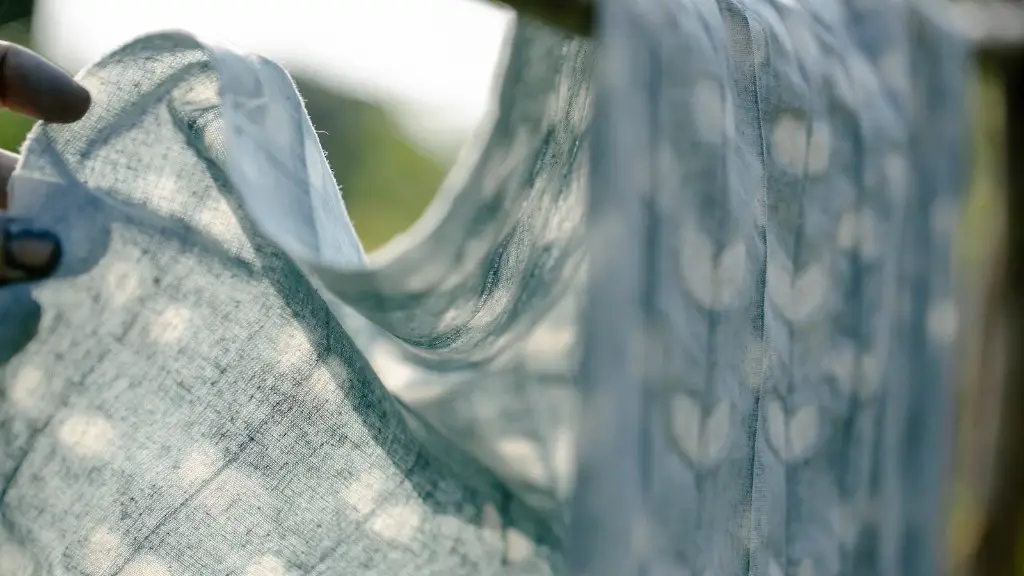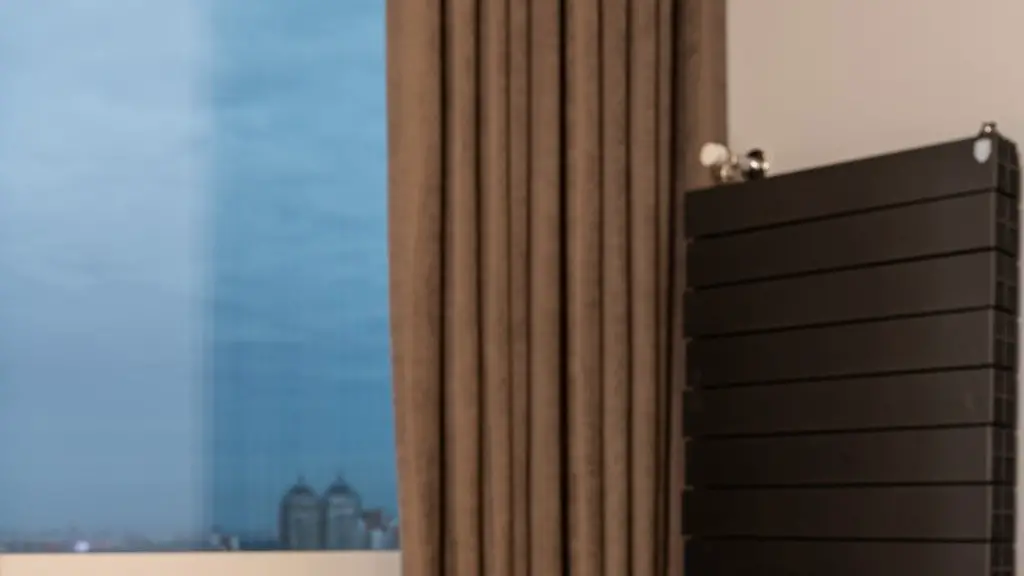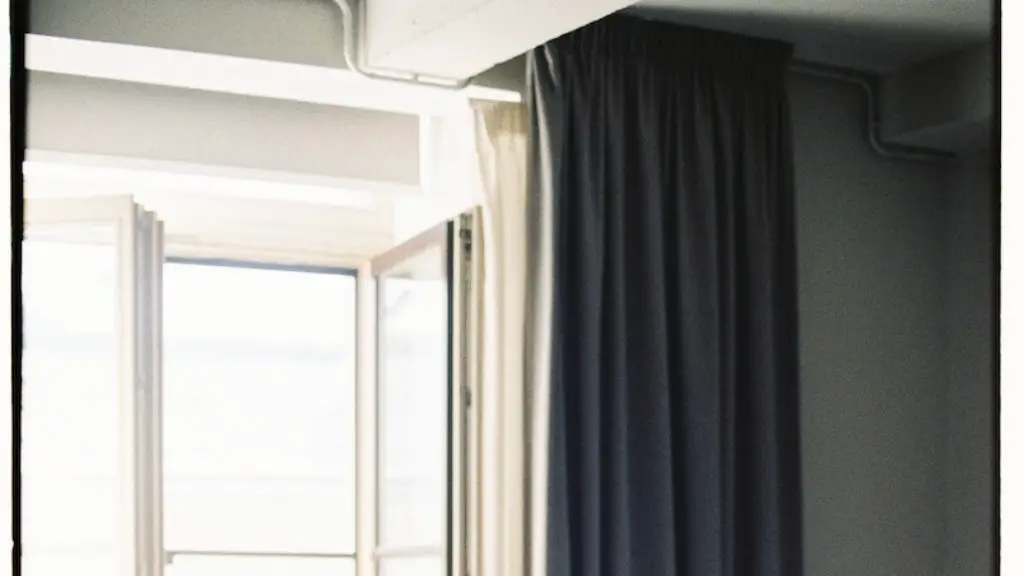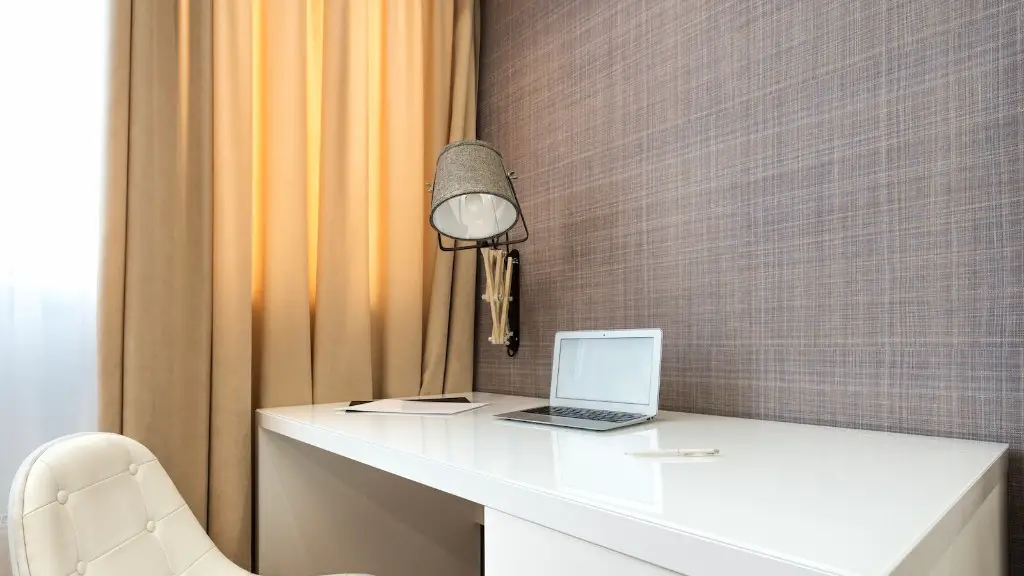There’s more to curtains than just fabric and color. Length is an important factor in finding the perfect set of curtains for your home. Curtains come in a variety of lengths, from long, flowing drapes to short, playful cafe curtains. Depending on the style of your home and the look you’re going for, the right length of curtains can make all the difference.
Curtains come in a wide range of lengths, from short curtains that just cover the window to long curtains that extend all the way to the floor. The length you choose will depend on the style of the window and the look you want to create.
What are the different lengths of curtains?
When measuring for curtains, keep in mind that they usually come in only a few different lengths: 63 inches, 84 inches, 95 inches, 108 inches, and 120 inches. Tier curtains, which are shorter and generally don’t cover an entire window, are usually either 24 inches or 36 inches long.
There are many different standard curtain sizes, depending on the type of window and the look you are going for. Sill curtains are the shortest, usually only 63 inches, and look best on small windows or windows with something placed underneath them. Apron curtains are slightly longer, and can be a good option for windows that need a little extra coverage.
What are short curtains called
A valance is a short curtain that is used to cover the top of a window, door, or other opening. Valances can be used on their own, or in conjunction with sheers and drapes. When used alone, valances can provide a decorative touch to a room, while also allowing natural light to enter.
Curtains should ideally be floor-length in order to create a luxurious and elegant look. If there is a radiator or deep sill in the way, then curtains can be hung slightly above the floor. Ready-made panels are available in a range of lengths, so it is just a matter of finding the right size for your window. To measure, simply take the measurement from the floor to where the rod will be hung, and then round up to the nearest inch.
What is the most popular curtain length?
There are four common lengths of curtains and drapes: 63 inches, 84 inches, 96 inches, and 108 inches. The most common length is 96 inches.
If you’re looking for a new set of curtains for your home, consider opting for a simpler, more minimalist style. Flowy materials like cotton and linen are on-trend for 2022, and will help create a light and relaxing atmosphere in your space.
Is it OK to put long curtains on short windows?
If you have a window that is shorter in length than width, using curtains that are longer than your window will help your short window appear larger. The length of your curtain is dependent on the ratio of width to height. A window that is longer in length than width can benefit from longer curtains giving the window a larger feel.
The brightness of a color can make a big difference in the feel of a room. Lighter colors reflect more light and make a space feel airier, while darker colors absorb light and make a space feel more cozy. If you’re trying to make a small room look bigger, stick to light colors. If you want to make a large room feel more intimate, go with darker hues.
Do curtains look better short or long
It is generally best to avoid short curtains and drapes, as they can often make a room look outdated and can make the ceiling appear lower. If you must use short curtains, make sure to pair them with long drapes or shades to help balance the look of the room.
Curtains are one of the most popular window treatments, and there are three basic types of panels to choose from: blockout, sheer, and decorative.
Blockout panels are usually made of a thicker fabric and are designed to keep all light out of the room. Sheer panels are made of a lighter fabric and allow some light to pass through. Decorative panels are usually made of a thinner fabric and are used more for aesthetics than function.
Is it better to have blinds or curtains?
The size of the room is an important consideration when selecting window treatments. Full-length curtains are best suited for spacious rooms while blinds are a better option for compact spaces and other moisture-laden areas like the bathroom and kitchen. Note that if there are any furniture pieces like a bed or a sofa below the window, then it is advisable to go for window blinds.
Curtains and drapes come in a variety of styles, but can generally be divided into five main categories: tap top, rod/pole pocket, pleated, grommet, and ripplefold.
Tap top curtains have a strip of fabric at the top that is used to hang the curtains on a rod or track. Rod/pole pocket curtains have a pocket at the top of the curtain into which a rod or pole can be inserted. Pleated curtains have folds of fabric (pleats) that create a fuller look. Grommet curtains have metal eyelets (grommets) through which a rod is passed. Ripplefold curtains have horizontal folds that create a rippled or wave-like effect.
Do curtains always have to touch the floor
Puddling curtains at the bottom can add a touch of luxury and elegance to a room, but it is a matter of personal preference. If you choose to puddle, you’ll want at least 3-4 inches of fabric so that the puddling appears deliberate.
When hanging curtains, the standard distance from the window casing to the end of the curtain rod (excluding finials) should be 4 to 10 inches. This allows the drapes to be open during the day while still providing privacy.
Should curtains puddle on the floor?
Puddling draperies are the least functional of the three most common floor-to-ceiling drapery styles, and are also the most high-maintenance. We recommend using them only in rooms with less traffic, like formal dining rooms. But keep in mind that they are likely to collect dust and animal dander (if you have pets).
Using curtains to create the illusion of a larger or smaller room is a great way to change the look and feel of the space. For a room with a low ceiling, hanging curtains with long vertical stripes will give the illusion of height. Short curtains and horizontal stripes, on the other hand, will shorten the wall height and make the room appear smaller. Choose the style that best fits your space and desired look.
Final Words
There is no definitive answer to this question as the length of curtains can vary depending on the manufacturer or retailer. However, common lengths for curtains include 84 inches, 96 inches, and 108 inches.
There is a wide range of lengths that curtains come in, from short curtains that only cover the lower half of a window, to long curtains that extend all the way to the floor. No matter what your preference is, there is sure to be a length of curtain that will suit your needs.





